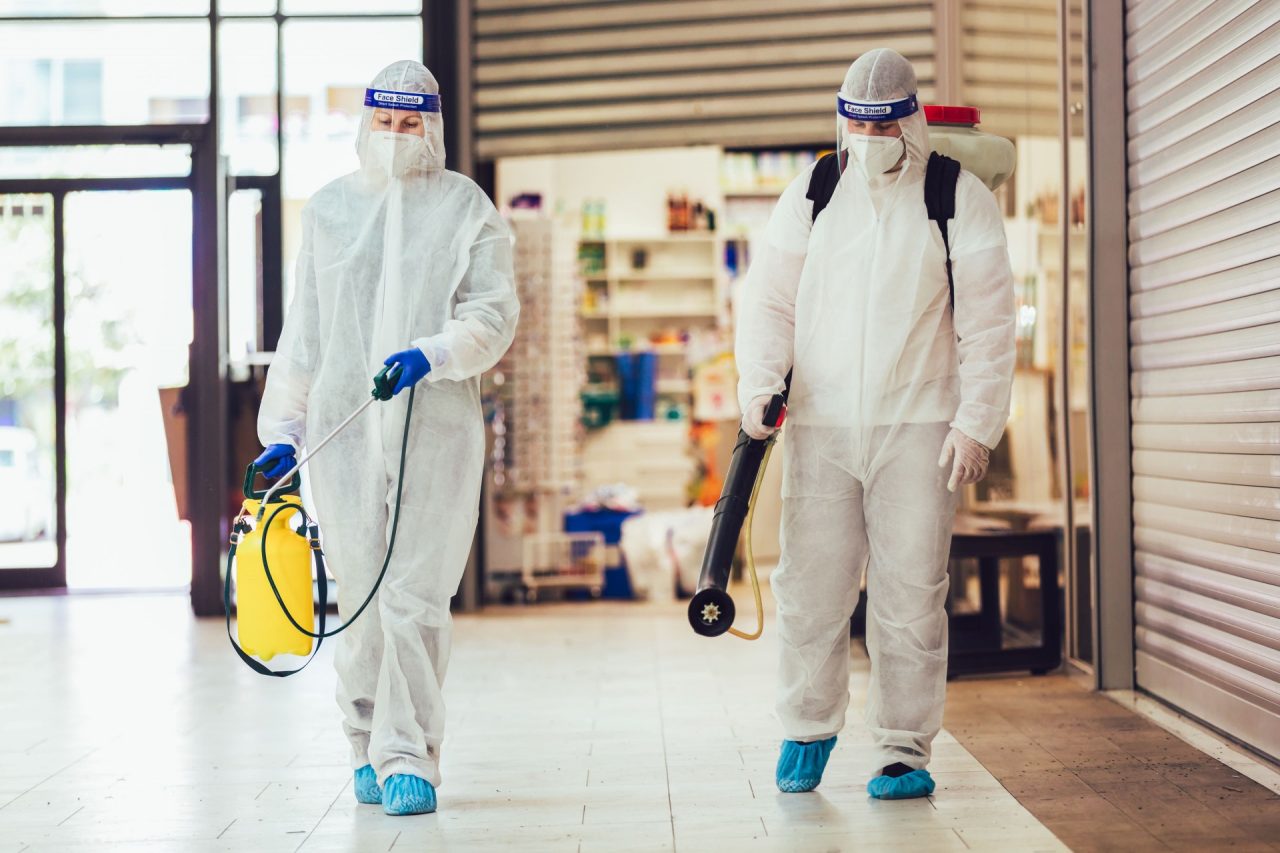As we wait to see if summer 2021 will put Covid-19 behind us for good, one unavoidable truth is clear: the healthcare industry needs new investments to compensate for years and years of cuts and negligence.
In Italy, the first country in Europe to be hit by the pandemic, the health sector has undergone radical cost cutting. While on one hand this has helped reduce waste, on another, it has significantly reduced the number of beds and the availability of certain services.
Currently, there are 1,050 hospitals operating in Italy, comprising 210,000 beds. But according to the calculations of the Quarto Osservatorio sulla Sostenibilità e sulla Sicurezza (Fourth Survey on Sustainability and Safety, carried out by Scenari Immobiliari in partnership with Johnson Controls), 85,000 beds are in facilities that should be demolished, and 52,000 are in hospitals in need of functional and system design renovations.
To reverse this trend and change the paradigm that governs maintenance of public health facilities in Italy, three main things need to happen: renovations of existing buildings, construction of new health facilities, and implementation of digital technologies needed for facing future emergencies. A solid “foundation” for the hospital building sector will not only guarantee the right number of beds, but the safety of patients being treated.
Realistically looking at the numbers, the effort required will be considerable, and must be paired with a solid financial endowment – the Osservatorio estimates this at €25 billion ($29.6 billion). This is what the Italian healthcare system will need for renewal and to bridge the gap dividing it from more modern and efficient models around the world.
The Italian government’s response to the threat of the pandemic
The most recent Italian government interventions in healthcare take a clear “before” and “after” into consideration. The “before” encompasses all the allocations and emergency projects that were launched to cope with the spread of Covid-19.
As the contagion exploded, the government approved a first tranche of investments of €1.1 billion ($1.3 billion), aiming to strengthen local care plans and reorganise the hospital network, increasing staff and creating new intensive care beds.
The first expenditures allocated to healthcare facility construction were made in the 2020 national budget. Two billion euro (over 15 years) were earmarked for adapting hospitals to fire regulation standards, along with anti-seismic measures and technological upgrades. In addition to the funds in the national budget, the “Cura” (“Care”) decree provided for another €1.4 billion ($1.6 billion) to be allocated to hospitals fighting on the Covid-19 frontlines. Priorities included strengthening their intensive and sub-intensive care units, modernising their emergency rooms, and facilitating the purchase of new ambulances to transport sick patients.

Healthcare facility construction and the “Health Mission” plan
With the emergency measures now over, in recent months, the government has concentrated on the future of the health care system, aiming to reshape the investment plan for Next Generation EU funds, reserving a substantial share for healthcare construction.
In the Italian Recovery Plan (PNRR), the Missione Salute (“Health Mission”) section calls for €15.63 billion ($18.52 billion) to be invested in strengthening Italy’s national healthcare system. The Draghi government’s package will include €7 billion ($8.3 billion) to be allocated toward the development of hospitals themselves, in addition to community health services and telemedicine. “Proximity medicine” will become a strategic tool for fighting future challenges. By 2026, then, 1,288 Community Homes (Case della Comunità) will be built. A €2 billion ($2.37 billion) investment is planned for these healthcare intervention centers.
Another €1 billion ($1.1 billion) will be invested in the construction and activation of 381 Community Hospitals (Ospedali della Comunità, again, by mid-2026). These are short-stay healthcare facilities for non-life-threatening conditions.
Many areas around Italy need new facilities in order to meet the growing demand for beds. In response, in Apulia, the Monopoli-Fasano hospital is currently under construction. The project is led by the Webuild Group, and aims to create a top-tier structure with 299 beds and 9 operating rooms within a total area of 178,000 square meters (1915976 square feet). Currently under construction, the hospital will serve a catchment area of 236,000 people, providing immediate relief to the demand for care that comes from the region.
In addition to health facilities, the last item of expenditure provided for in the Recovery Plan is worth €8.63 billion ($10.2 billion). It concerns the vast areas of innovation, research and digitalisation in the National Health System, and includes both digitalisation and maintenance initiatives to make existing health facilities more sustainable and safer. In 2020, the Ministry of Health identified 116 urgent operations to help Italian hospital facilities to conform to earthquake-resistant standards.
It’s a first step in revamping the entire Italian public health system.

